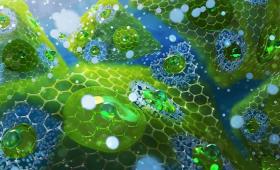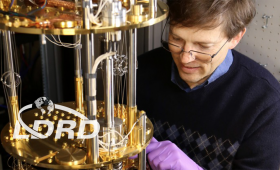Scientific images by Livermore researchers are on view at the Bankhead Theater's art gallery through the end of April.
Science and Technology
in the News
Science and Technology
in the News
News Center
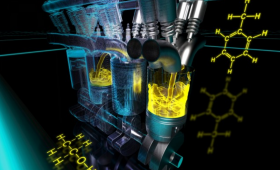
Laboratory scientists are developing models of high performance fuels to see how they would perform in advanced internal combustion engines.
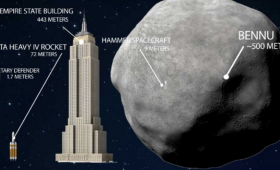
Livermore scientists scientists are part of a national planetary defense team that designed a conceptual spacecraft to deflect Earth-bound asteroids.
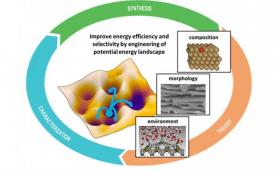
Lawrence Livermore scientists have received funding improve the energy efficiency of copper-based catalysts to convert carbon dioxide into methane and other valuable hydrocarbon products.

Two researchers affiliated with Lawrence Livermore, a current employee and a retiree, have been named fellows of the international Combustion Institute (link is external) (CI).
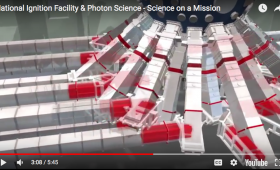
This video describes the work of Lawrence Livermore National Laboratory's National Ignition Facility.
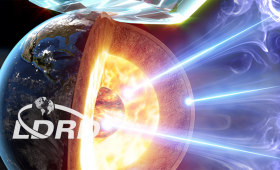
Livermore scientists observe the first experimental evidence of a noble gas element reacting with a metal.
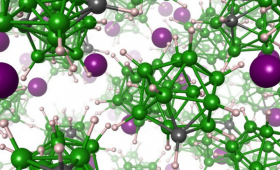
An international collaboration jointly led by Lawrence Livermore National Laboratory is studying materials for solid-state lithium-ion batteries.
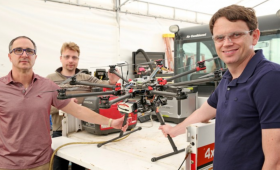
A team of Livermore researchers is developing networks capable of "collaborative autonomy"


